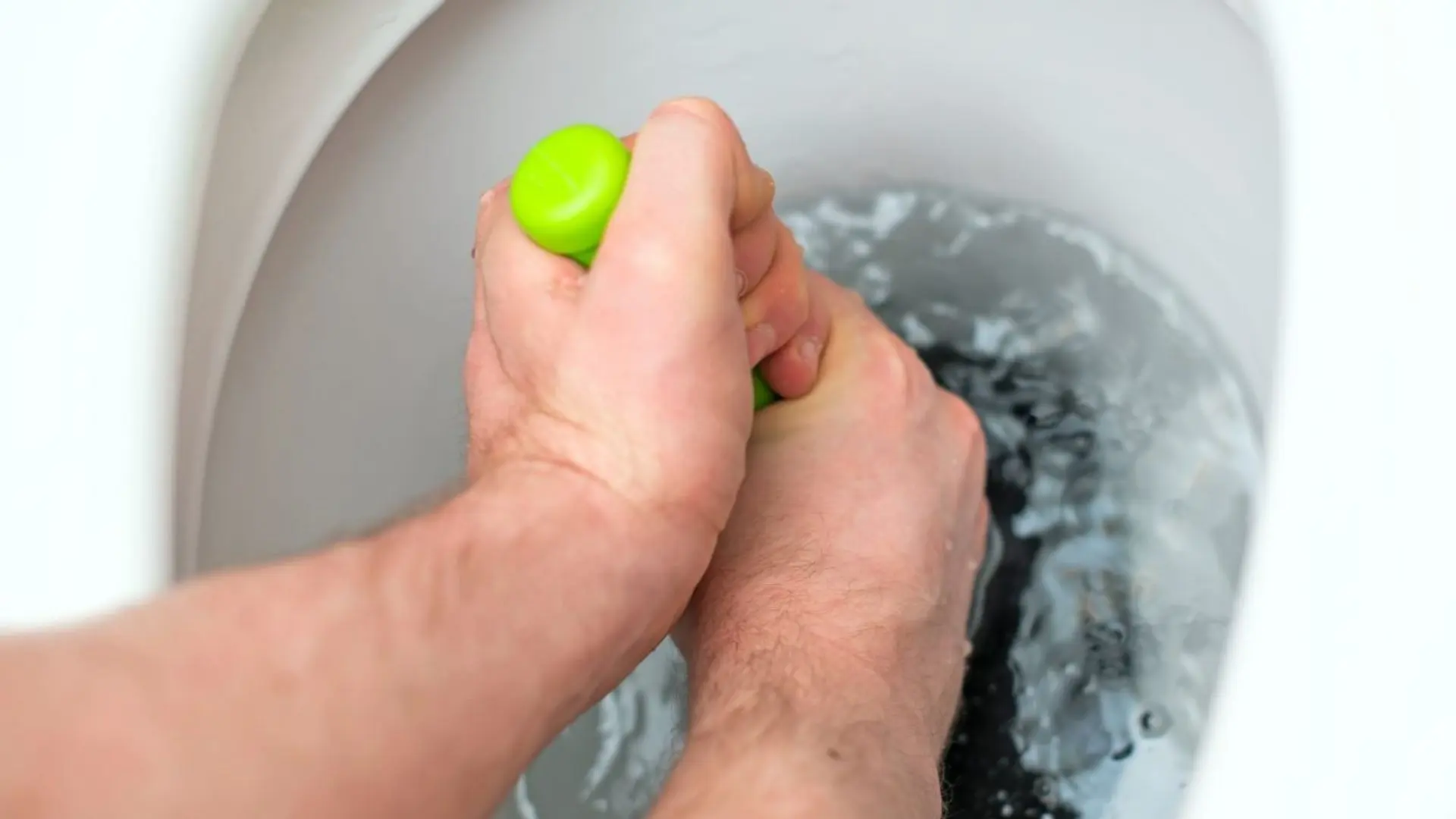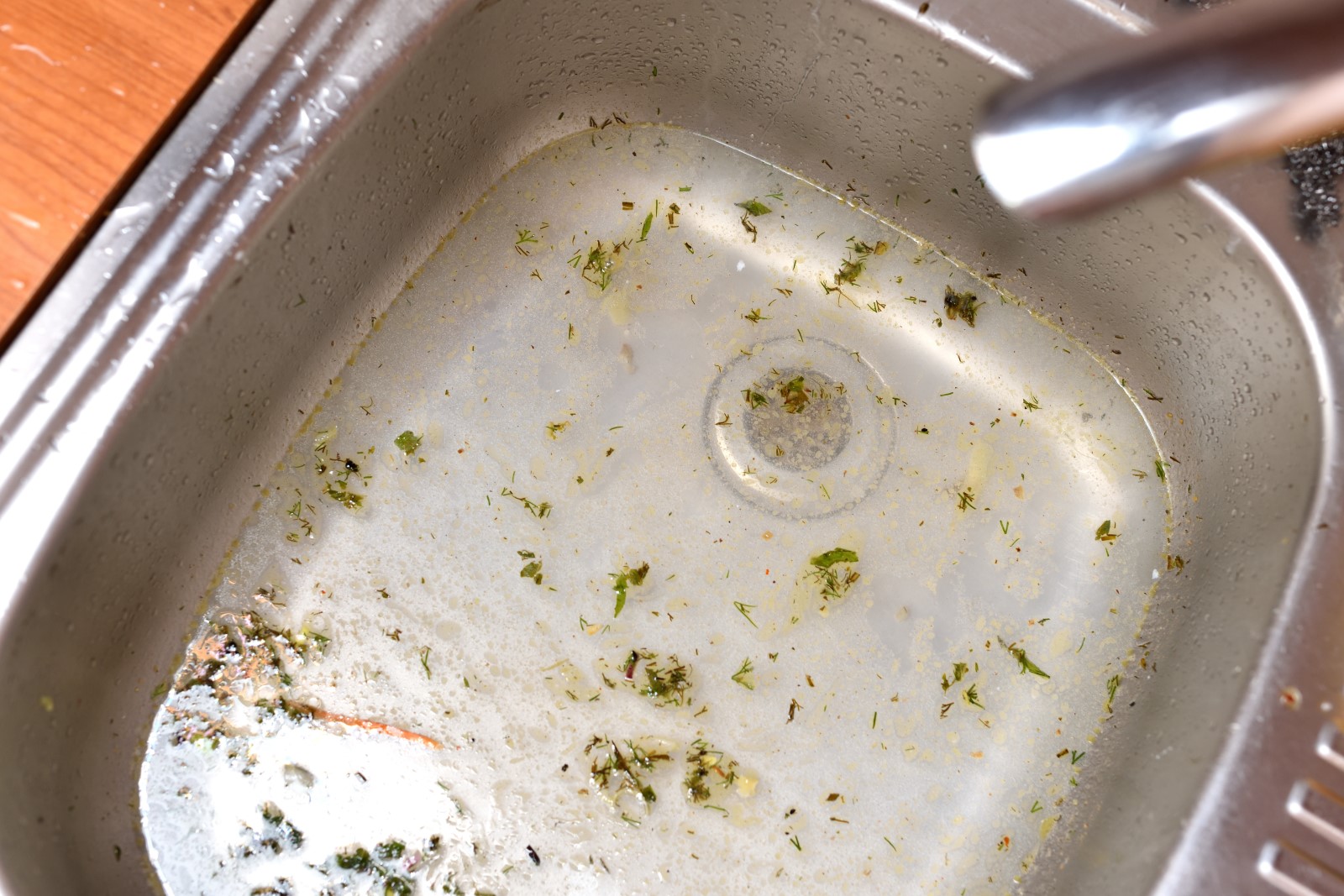They are making a few good points on the subject of What I learned from trying to deal with a clogged drain overall in this post just below.

Introduction
Dealing with a blocked drain can be a discouraging experience, interfering with everyday tasks and potentially causing damage to your residential property. Nevertheless, before reaching out to plumbing specialists, there are actions you can require to deal with the problem on your own. In this guide, we'll explore DIY solutions and preventive measures to deal with a blocked drainpipe efficiently.
Recognizing the Issue
The very first step in dealing with an obstructed drain is acknowledging the indicators. Slow-moving drainage, gurgling audios, foul odors originating from drains, or water support up are common signs of an obstructed drainpipe. Recognizing these signs early can help protect against even more issues.
Common Reasons For Blocked Drainpipes
Recognizing the elements that add to drain pipes obstructions is vital for efficient resolution. Common culprits consist of hair, soap scum, oil, food debris, and foreign things like hygienic products or paper towels. Tree roots getting into underground pipes can additionally cause significant blockages.
Do it yourself Solutions
For minor obstructions, several do it yourself remedies can be efficient. Pouring boiling thin down the drain can aid liquify grease and particles. Baking soda and vinegar or a combination of salt and baking soft drink can act as all-natural cleansers. Utilizing a plunger or plumbing snake to displace blockages is one more option.
Tools and Equipment
Having the right tools available can make DIY drain cleaning extra reliable. A bettor is a versatile device for removing clogs in sinks, commodes, and showers. A pipes serpent or auger can reach deeper blockages, while drainpipe cleaning chemicals can be used meticulously for stubborn obstructions.
Preventive Measures
To avoid future clogs, adopting preventive measures is essential. Set up drain guards or strainers to catch hair and particles prior to they get in the pipes. On a regular basis flush drains with warm water to dissolve grease buildup, and stay clear of throwing away grease or solid waste away.
When to Call a Specialist
While do it yourself remedies can solve minor clogs, specific signs indicate the need for expert aid. Relentless clogs, foul odors despite cleansing efforts, or multiple drains supporting concurrently are warnings that call for skilled intervention.
Choosing the Right Pipes Service
When choosing a plumbing service, consider variables such as experience, licensing, and client reviews. Select a credible plumbing professional with a performance history of quality workmanship and clear rates methods.
Cost Considerations
The price of expert drainpipe cleaning company can differ depending on the severity of the clog and the plumber's prices. Demand quotes from multiple suppliers and ask about any surcharges to make sure transparency and avoid shocks.
Security Measures
When attempting do it yourself drainpipe cleaning, focus on safety and security. Wear safety gloves and eyewear to stay clear of contact with dangerous chemicals or microorganisms. Never blend different drainpipe cleaning items, as this can create dangerous fumes.
Situation Researches
Real-life instances illustrate the effectiveness of DIY options and the relevance of timely professional treatment in settling drain obstructions.
Verdict
By adhering to the suggestions laid out in this overview, you can efficiently tackle blocked drains pipes and avoid future pipes issues. Whether selecting DIY options or seeking expert support, timely activity is vital to keeping a healthy plumbing system and maintaining the stability of your home.
WHAT I LEARNED FROM TRYING TO DEAL WITH A CLOGGED DRAIN
We have had our share of seepages and other annoying things that are part of living, especially in an apartment complex. And if there’s one thing that’s terrifying for a homeowner—or even someone in a rented home—it is a clogged drain, indoors or outdoors.
We enjoy our living space, but it’s simply a fact of life that dead skin, soap and a host of other items go down the drain; eventually, the residue builds up and prevents anything from moving. Ugh.
Not Calling A Professional
Of course, it might seem simple to just whip the pipe off under the sink and see if you can unblock it. Unfortunately, what if the blockage isn’t there, or you don’t reconnect it properly? Worse, you might break a piece and have no drainage system. Can you imagine that scene? Yuck!
Not Watching Your Waste
This will sound d’uh, but the best tip I can give you for drain cleaning is to avoid clogging the drain in the first place! You can do this by monitoring what goes down the drain and catching the items which are most likely to give you a problem. Invariably hair, vegetable peels, and large wads of toilet paper are the most obvious culprits. Add a filter—these are available in hardware stores and can be removed and cleaned easily.
Poking The Drain
The first urge with a clogged drain is to poke at it with a stick or anything that resembles a stick. Sadly, this does not result in magically solving the issue. The mental image is, naturally, one of the stick just pushing through the offending item and all is well again. Reality is quite different and unpleasant and likely to lead to further problems.
The thing is, every drain has a series of bends that are not visible to us. Drains are built this way to prevent gases from entering the house. What happens when you poke a stick into the drain? Of course, it can’t bend around the corner. The more adventurous people will use force and end up wedging the stick or causing it to break off in the pipe—creating an even bigger issue. Worst thing? The stick will shift the block further down the pipe, creating the space for more to collect. Go ahead! Roll your eyes!
Using The Wrong Plunger
You know what they say: the right tool for the right job! Did you know there are different types of plungers besides the basic one we keep at home for an emergency? Yes, there are. For example, the toilet plunger has a bell-shaped bottom while the sink plunger is flat. This is an important difference and using the wrong plunger will be useless. There’s also a knack in using plungers—they must be placed in such a way that they create an airtight seal and then, moved slowly up and down—not as fast as we imagine.
https://vidyasury.com/2018/01/learned-trying-deal-clogged-drain.html

We are very focused on How to handle a clogged drain in your home and I am praying you appreciated our entry. Don't hesitate to take the opportunity to distribute this page if you enjoyed it. I enjoy your readership.
Click Here